A Taste Of Japan Through 25 Iconic Dishes
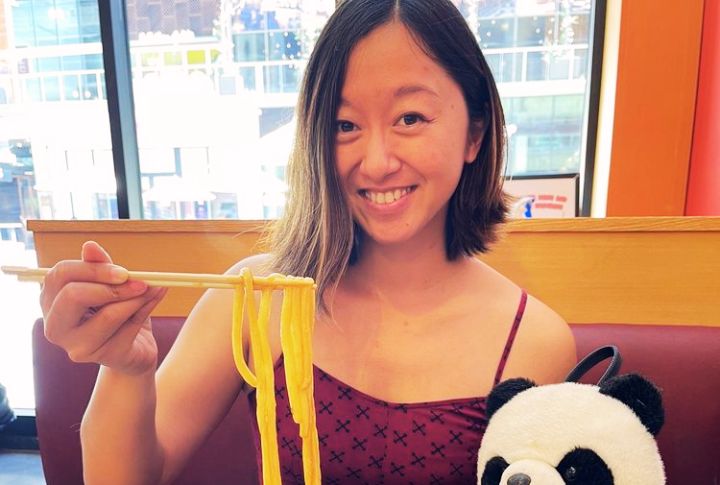
Not sure what to eat when visiting Japan? You’re not alone. With thousands of local dishes, the sheer variety can be overwhelming. However, food in Japan is about tradition and deep cultural roots. If you want to experience the country beyond the tourist spots, start with these 25 foods.
Sushi
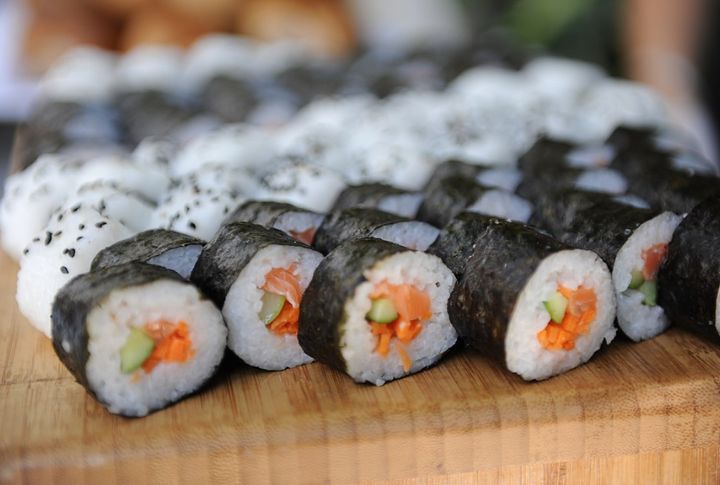
Sushi is Japan’s most iconic dish, but its origins might surprise you. It began as a way of preserving fish in fermented rice, a practice dating back to the Yayoi period. The best sushi is about balance: vinegared rice, fresh seafood, and a touch of wasabi.
Ramen

Real Japanese ramen is a labor of love. The broth is often simmered for hours or even days. It has many varieties. For example, tonkotsu (pork bone) ramen is rich and creamy, miso ramen has deep umami flavors, shoyu (soy sauce) ramen offers a salty profile, and shio (salt) ramen is delicate yet flavorful.
Udon
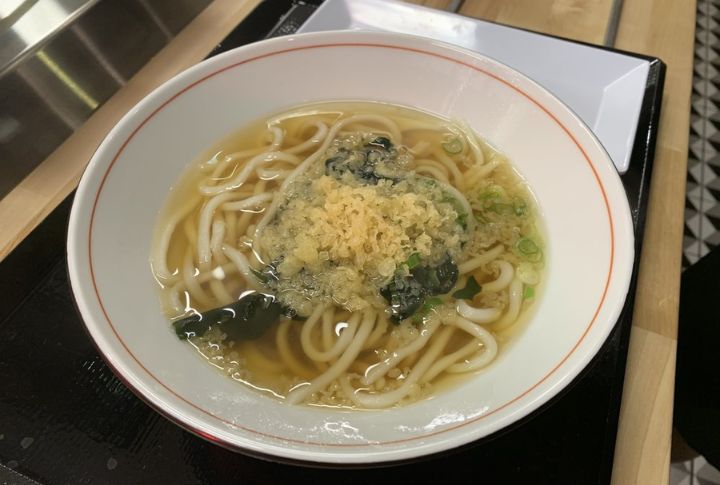
Thick and incredibly versatile, udon is the comfort food of Japan. These wheat noodles can be served in an umami-packed dashi broth or chilled with a dipping sauce (zaru udon). Different regions put their spin on it: Sanuki udon from Kagawa Prefecture is well-known for its firm texture, while Kitsune udon from Osaka features simmered tofu.
Soba
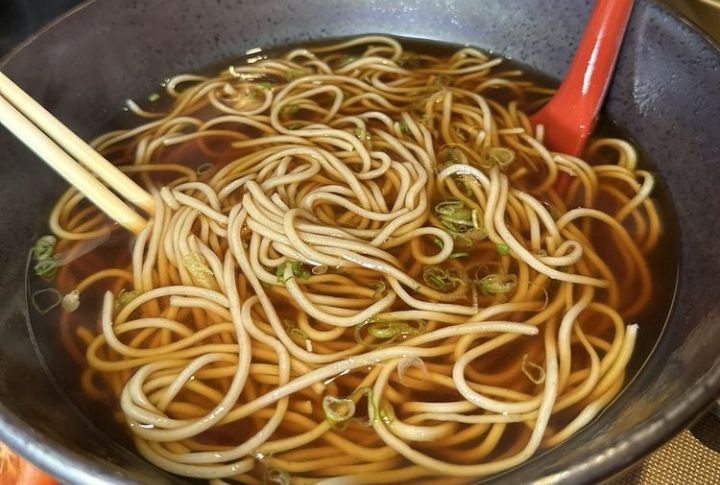
Soba noodles are more than just a meal; they hold cultural significance. Made from buckwheat flour, these nutty-flavored noodles are a symbol of longevity and are traditionally eaten on New Year’s Eve (Toshikoshi Soba) to bring good fortune. They can be enjoyed cold with a soy-based dipping sauce (zaru soba) or hot in a steaming broth.
Sashimi
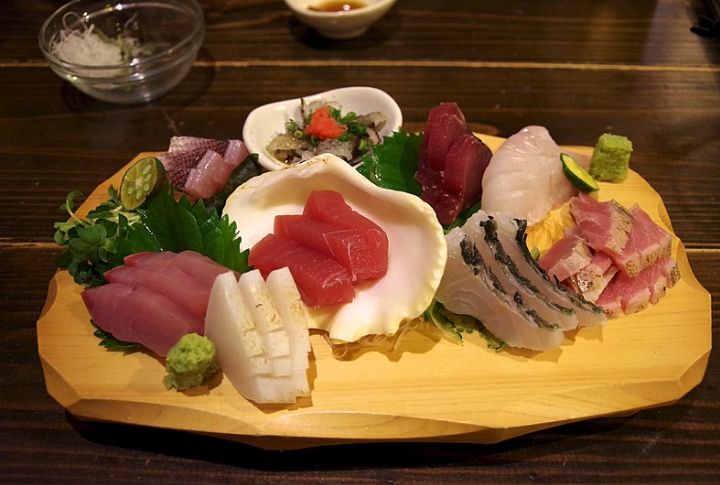
Raw fish might seem simple, but sashimi is one of the purest expressions of Japanese culinary skill. High-end sashimi uses the freshest seasonal seafood. Some specialty sashimi options go beyond fish; think melt-in-your-mouth horse meat (basashi) in Kumamoto or buttery fugu (pufferfish), which requires a licensed chef to prepare due to its deadly toxin.
Tempura
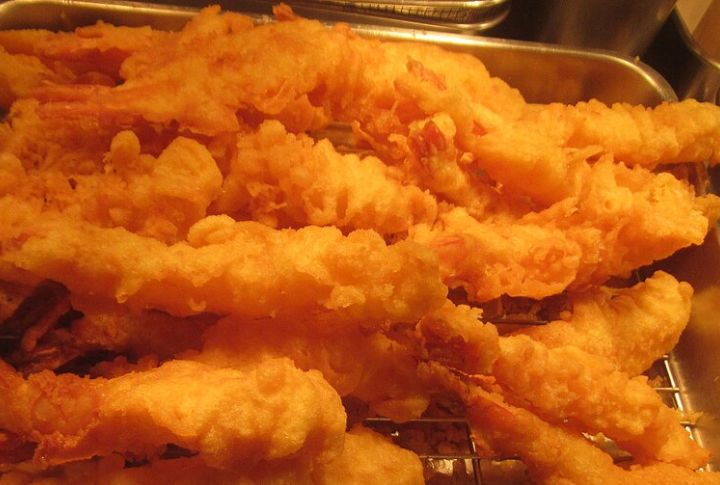
Tempura is a lesson in balance. The batter is light yet crisp to ensure the delicate seafood and vegetables inside shine. Introduced to Japan by Portuguese missionaries in the 16th century, it has since become a culinary staple. The best way to enjoy it? With just a sprinkle of salt or a dip in tentsuyu sauce.
Okonomiyaki
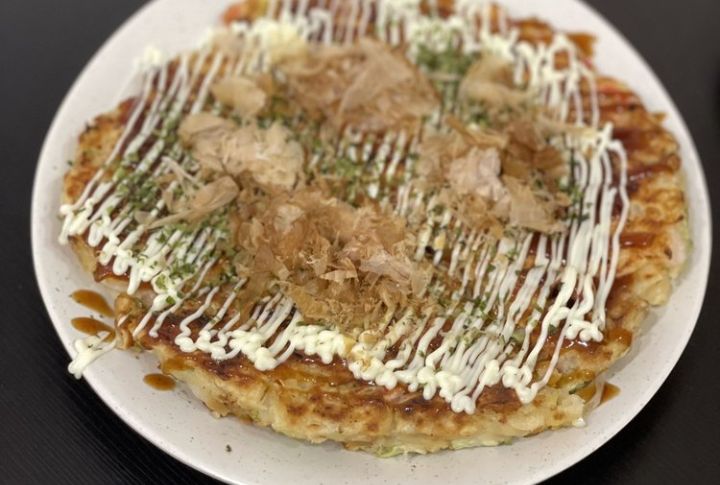
Often called a “savory pancake,” this street food favorite is a mix of flour, eggs, shredded cabbage, and various toppings, all cooked on a hot griddle. Topped with a sweet-savory sauce and dancing bonito shavings, this dish is as fun to eat as it is to watch being made.
Takoyaki
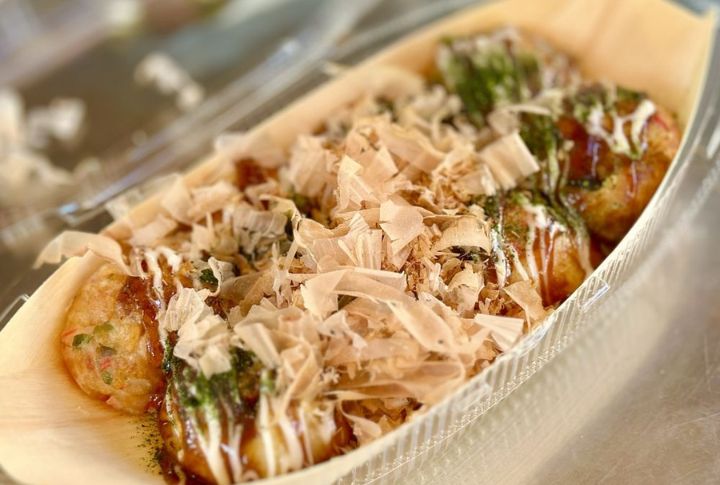
These bite-sized octopus-filled balls are cooked in special round molds to create a crispy exterior and a molten center. Invented in Osaka in the 1930s, they remain one of the city’s most beloved snacks. The best takoyaki masters turn flipping them into a performance, spinning each ball with chopsticks at lightning speed.
Yakitori
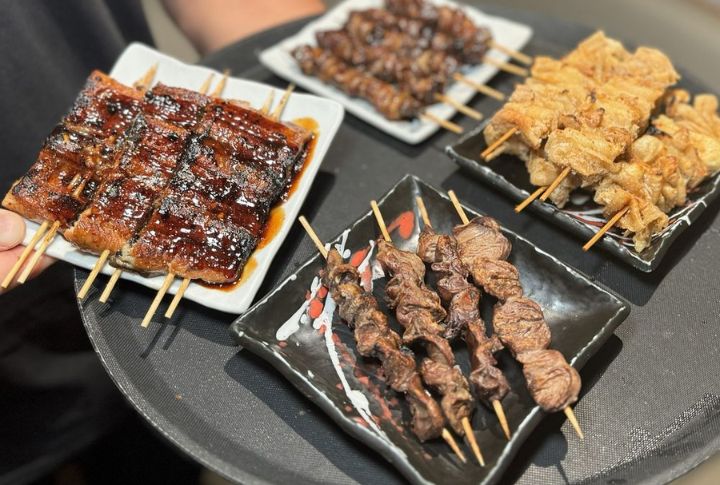
A plate of yakitori and a cold beer? That’s an unbeatable combination. Grilled over charcoal, these bite-sized skewers of chicken (and sometimes other meats) are a staple of izakayas (Japanese pubs). Try tsukune (chicken meatballs), negima (chicken and scallion), or even adventurous choices like liver (reba) and crispy chicken skin (kawa).
Tonkatsu
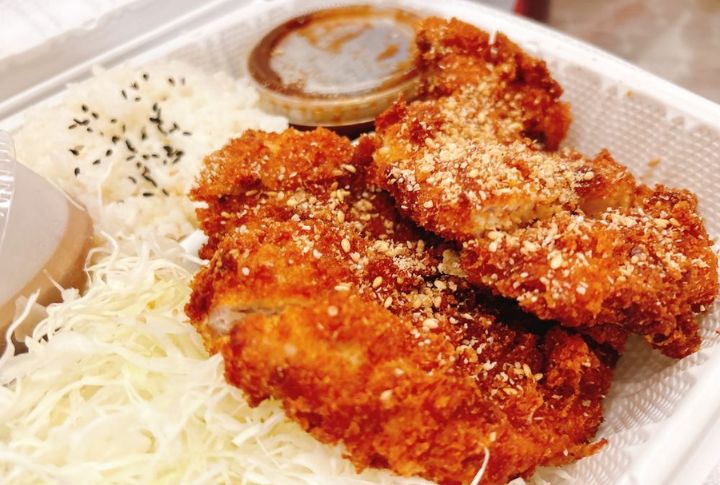
Sometimes, the simplest dishes leave the biggest impression. Tonkatsu is crispy on the outside and juicy inside, with a great balance of texture and flavor. Typically served with a tangy Worcestershire-like sauce, tonkatsu is best enjoyed with a side of miso soup and rice. One bite, and you’ll understand why it remains a favorite comfort food.
Chanko Nabe
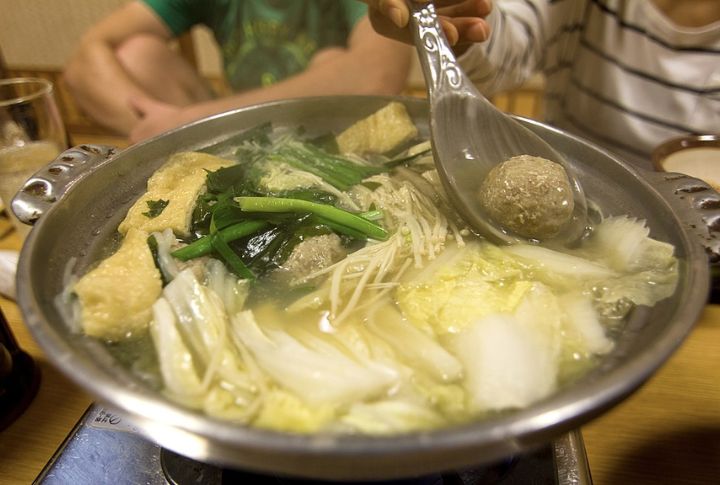
Sumo wrestlers don’t just train hard; they eat well, too. Chanko nabe is a protein-packed hotpot dish designed to build strength and endurance. Loaded with meat, seafood, and vegetables, it’s simmered in a flavorful broth that varies by region and sumo stable. Despite its wrestler origins, you don’t have to be a sumo to enjoy it.
Shabu-Shabu

Shabu-shabu features thinly sliced beef or pork swirled in a bubbling broth until just cooked. The name comes from the swishing sound the meat makes as it moves through the broth. Vegetables and noodles round out the meal to make it both satisfying and fun.
Sukiyaki
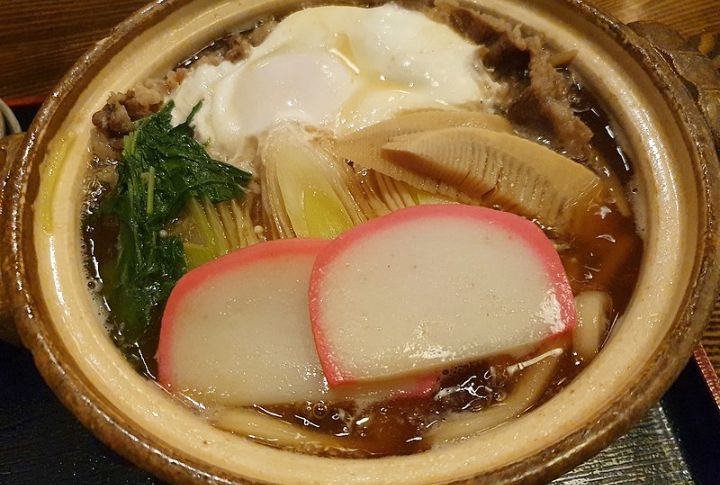
Rich and slightly sweet, sukiyaki is pure indulgence. This one-pot dish features thin slices of marbled beef simmered in a broth made of soy sauce and mirin. The best part? Dipping the hot beef into a raw, beaten egg before eating to bring out a silky, luxurious bite.
Yakiniku
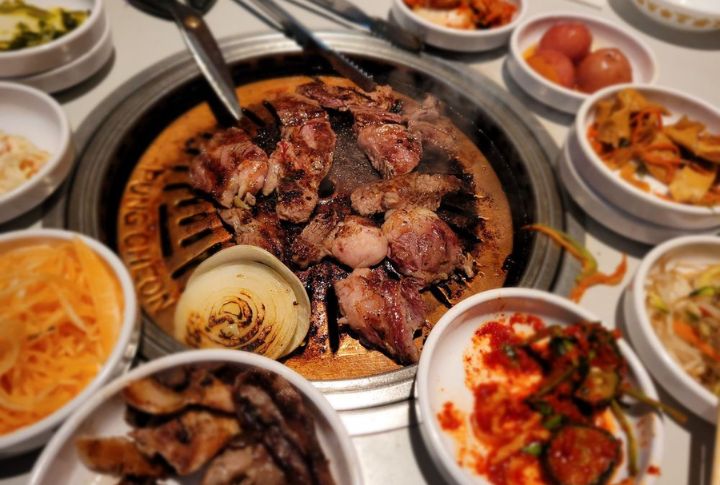
Grilling meat over an open flame is an experience. Yakiniku lets diners cook their cuts of beef, pork, and chicken at the table. Inspired by Korean barbecue, it became a sensation in Japan, with specialized restaurants offering premium meats like Wagyu and Kobe beef. Each bite is perfectly seared and enjoyed hot off the grill.
Unagi
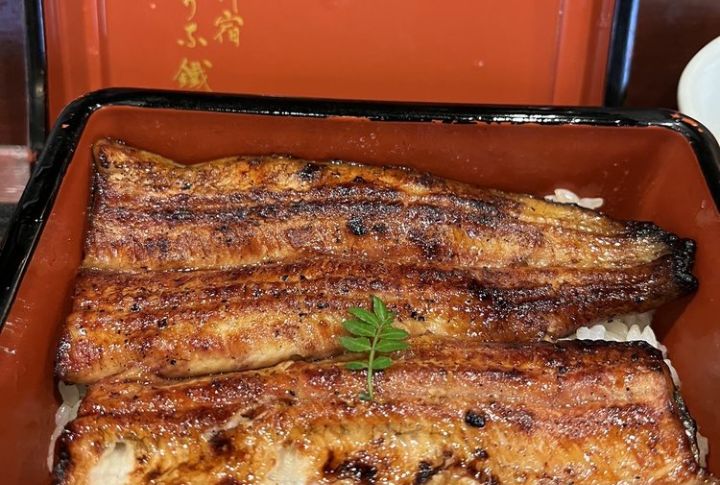
Few dishes are as deeply rooted in Japanese tradition as unagi or grilled freshwater eel. Prized for its buttery texture and smoky-sweet glaze, unagi is often served over rice as unadon. Eating unagi is believed to provide stamina and is traditionally enjoyed during Japan’s hottest summer days.
Gyudon
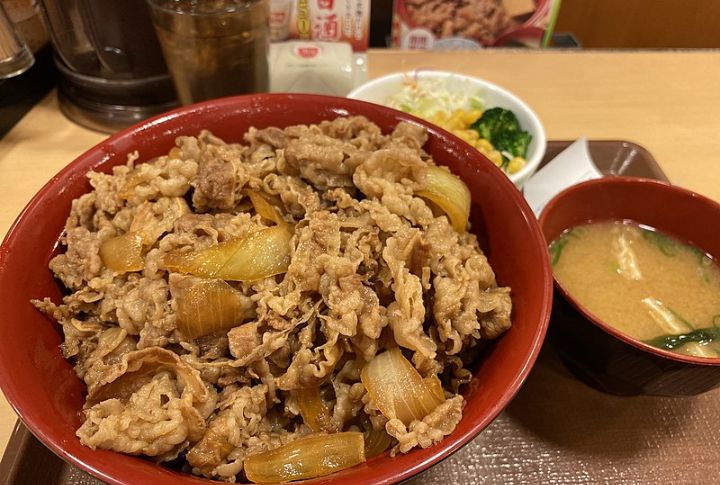
Gyudon is fast food, but not the kind you might expect. This humble beef bowl is a go-to meal for busy people in Japan. First popularized in the Meiji era, gyudon quickly became a staple at chain restaurants like Yoshinoya. The flavors are simple yet addictive, with the beef absorbing the umami-rich sauce.
Onigiri

A triangle of rice wrapped in seaweed might seem plain, but onigiri is anything but ordinary. These handheld rice balls are a staple of Japanese lunches and even train station meals. Salmon, pickled plum, tuna mayo, and kombu (seaweed) are just a few favorite fillings. In ancient times, samurai carried onigiri as battlefield rations.
Miso Soup
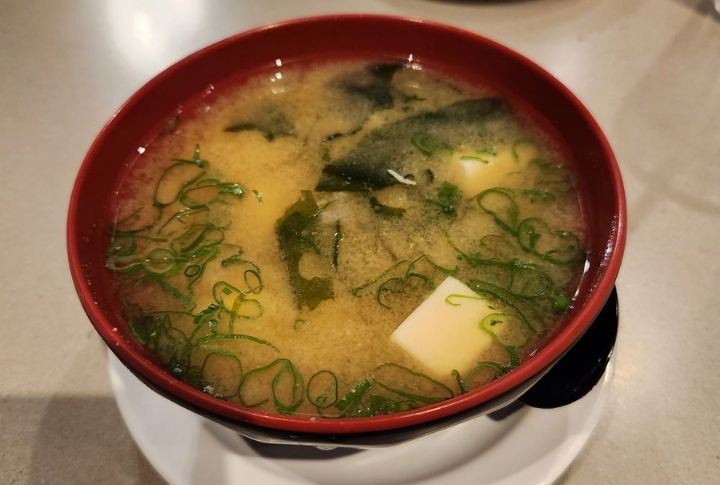
No Japanese meal feels complete without a bowl of miso soup. More than just a side dish, this simple soup carries centuries of tradition. Made from fermented soybean paste and dashi broth, miso soup is a cornerstone of Japanese cuisine. The fermentation process creates complex umami flavors while also providing probiotics that are beneficial for gut health.
Natto
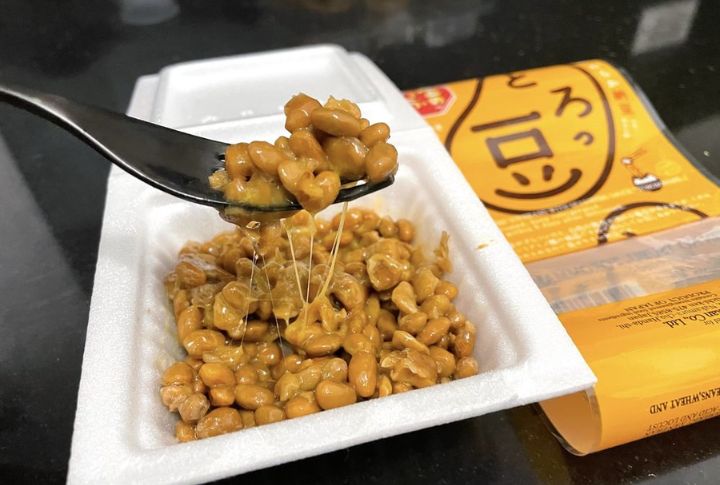
Sticky and famously pungent, natto is Japan’s most polarizing food. Made from fermented soybeans, it has a strong aroma and a gooey texture that can be an acquired taste. Loved for its high protein and probiotic benefits, natto has been eaten in Japan for over a thousand years.
Chawanmushi
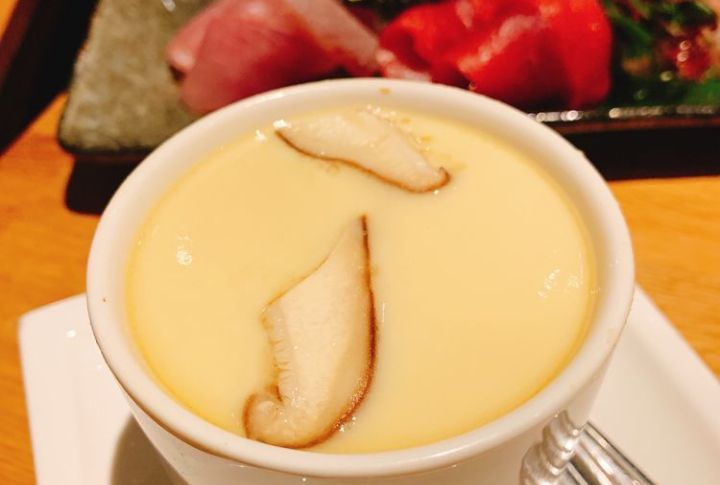
A spoon sinks effortlessly into the silky custard to release a wave of delicate aromas. Chawanmushi is eaten with a spoon, served warm, and packed with hidden treasures. The base is a simple mix of eggs and dashi, but inside, you’ll often find shrimp, shiitake mushrooms, chicken, and even ginkgo nuts.
Tamagoyaki

A perfectly rolled omelet might sound simple, but making tamagoyaki is an art. Layers of lightly sweetened egg are carefully folded into a golden rectangle, with each bite offering a delicate balance of umami and sweetness. It’s a staple in Japanese breakfasts and even sushi. Some chefs add dashi for a more savory taste.
Matcha Desserts
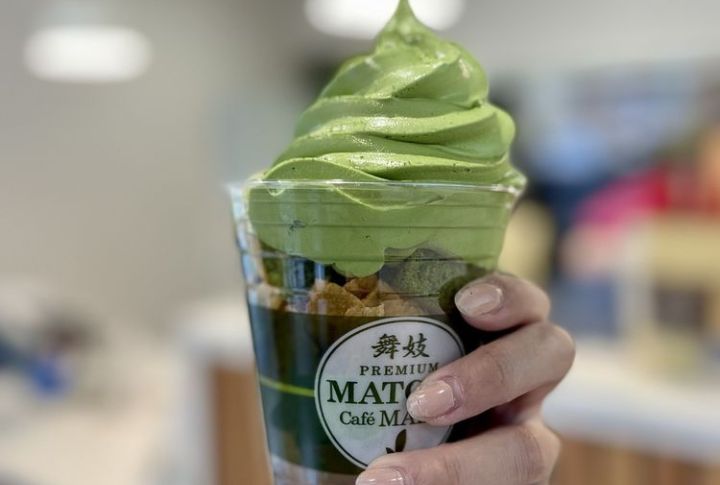
An earthy bitterness with a touch of natural sweetness, that’s the magic of matcha. Unlike regular green tea, matcha is finely ground to create a velvety texture that works beautifully in desserts. From matcha-flavored ice cream and cakes to delicate wagashi (traditional sweets), this vibrant green powder has taken the world by storm.
Mochi
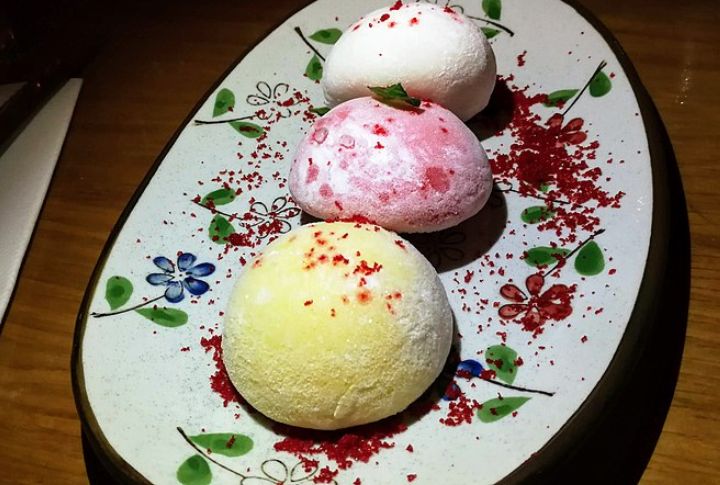
Soft and endlessly versatile, mochi is part of Japan’s cultural fabric. Made from glutinous rice pounded into an elastic dough, mochi comes in countless forms. Some are filled with red bean paste (daifuku), while others are toasted and drizzled with soy sauce (isobe yaki). One of the most celebrated varieties is sakura mochi.
Taiyaki
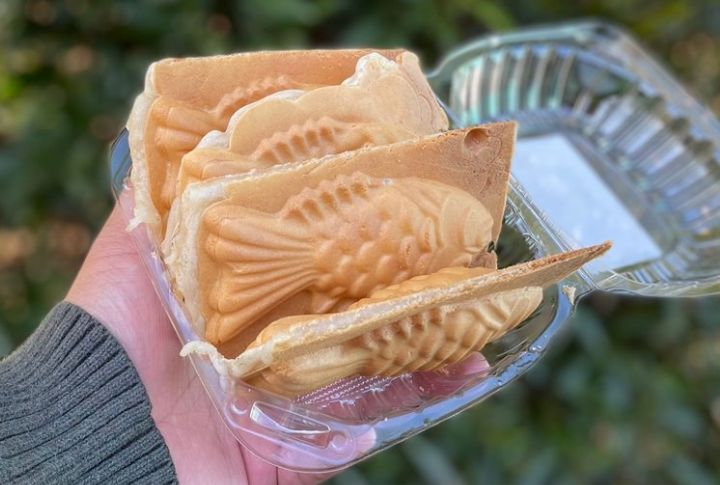
Crispy on the outside and tender on the inside, taiyaki is a delightful treat filled with sweet red bean paste. Its fish shape evokes a sense of nostalgia, even for those who’ve never tasted it. First appearing in the early 1900s, this beloved street food continues to symbolize good fortune.
Melonpan
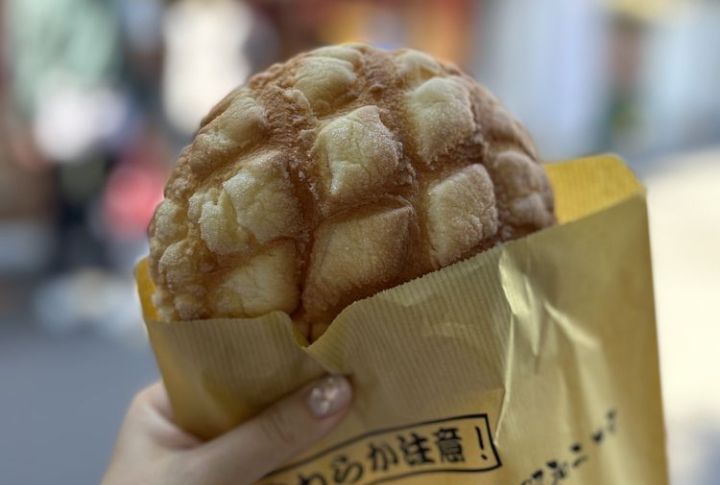
Despite its name, it doesn’t always taste like melon. The name comes from its signature crisscross pattern, which resembles the rind of a melon. This sweet bread has been a favorite in Japan since the early 20th century, often enjoyed as a snack or breakfast treat.
